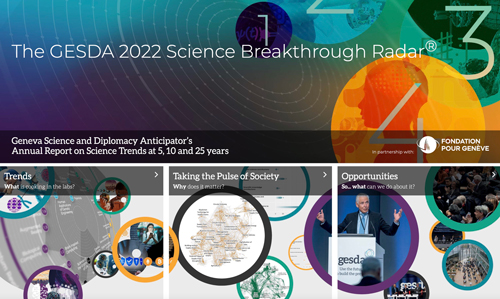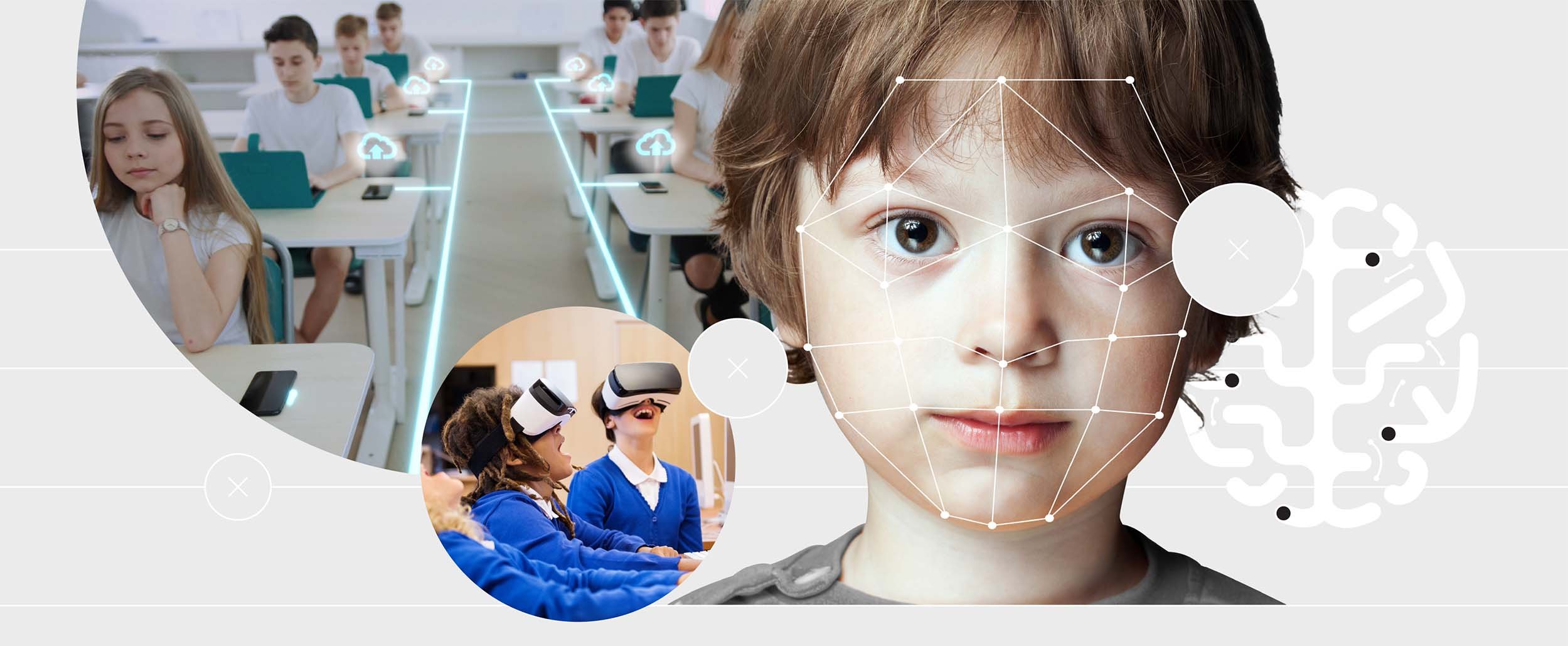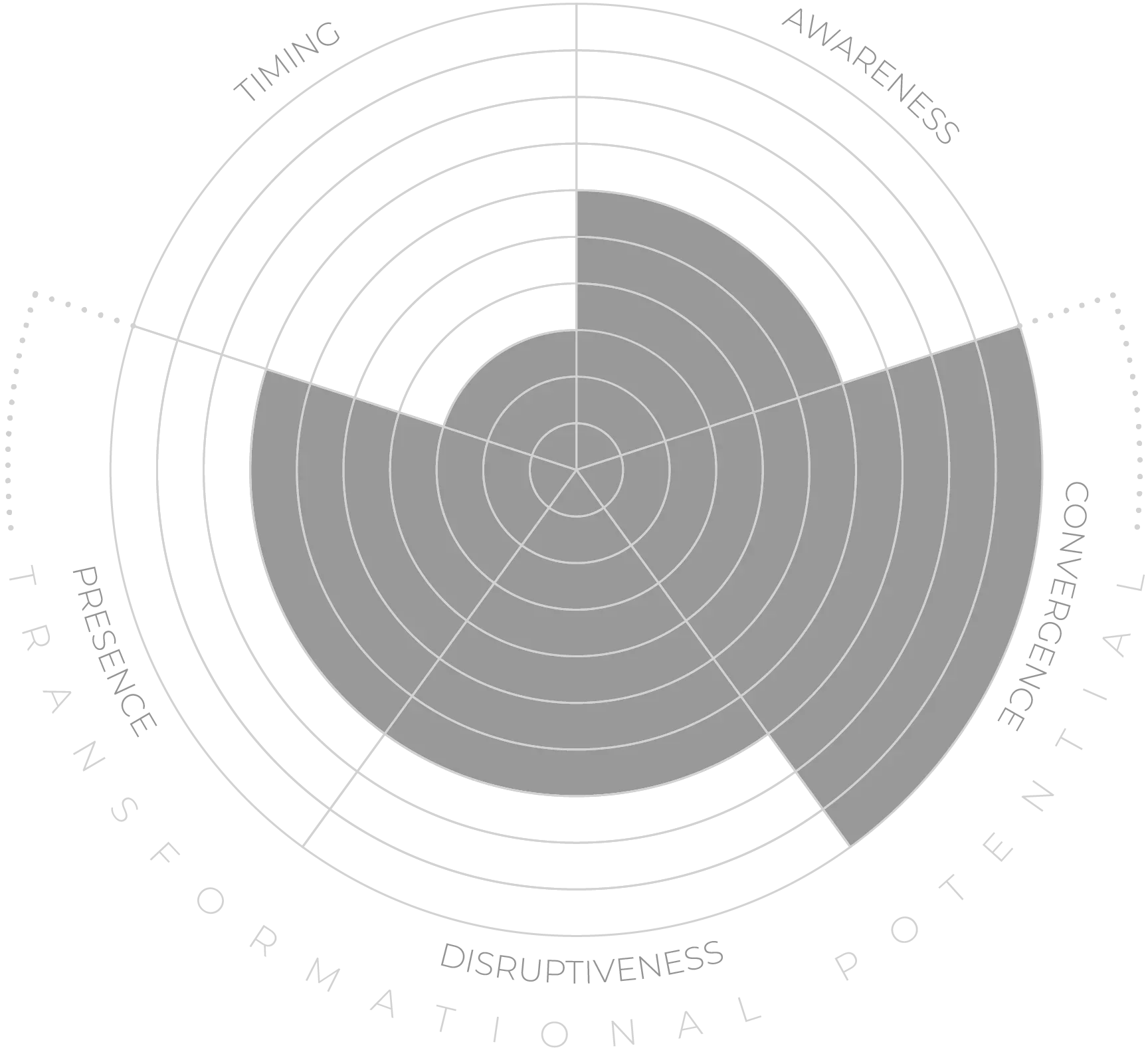When focussed on the science of teaching, sensing tools allow us to expand our understanding of teachers as learners and as agents of change in education. They also facilitate the provision of constructive feedback about their instruction, avoiding the pitfalls of memory limitations and bias.5 When focussed on learners, digital tools combined with machine learning algorithms, can provide a range of insights.6 They can, for example, differentiate students who are struggling from those who are just avoiding effort.7 Collected data can include factors such as student and teacher locations and proximity to one another, gaze direction, classroom conversations, student engagement, participation, facial expressions, and hand raises, all of which can help in improving learning outcomes.
As these tools improve, the insights gained can be applied in teacher-training programs and in the development of new teaching resources, as well as disseminated through teaching forums, professional development courses and other outlets for innovating in teaching practice. At the same time, care must be taken to build safeguards against both deliberate and inadvertent misuses of this powerful technology. It is also worth noting that, although these kinds of learning resources are currently likely to be available only where resources are plentiful, it is possible their use would greatly benefit practitioners in poorer areas of the globe.



